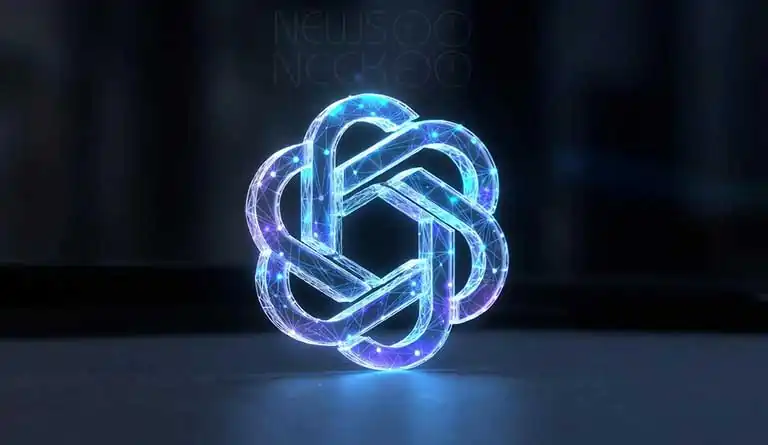Your Phone Now Knows What You Meant to Take a Picture Of
There’s a specific kind of disappointment that comes with scrolling through vacation photos. You remember the moment perfectly—the light was golden, everyone was laughing, the view was breathtaking. But somehow, in the actual photo, your sister has her eyes closed. Your dad is squinting at the sun. That beautiful sunset looks washed out and ordinary.
We’ve all been there. We take hundreds of photos hoping one will capture the memory the way it felt, not just the way it looked. And usually, we settle. We post the almost-good-enough version and move on.
But Google just changed the rules.
When Your Camera Starts Reading Your Mind
Google Photos is rolling out something that sounds like science fiction but is very much real. Using their latest Gemini AI model—the same technology that powers their smartest chatbots—they’re teaching your photo app to understand not just what’s in your pictures, but what you wish was in them.
It’s called Creative Transformations, and the name doesn’t quite capture how strange and wonderful it is. You can now open a regular photo on your phone and ask Google to turn it into a Renaissance painting. Just like that. Your nephew’s birthday party, reimagined as if Michelangelo had attended with a paintbrush instead of a gift.
Want your beach selfie to look like it belongs in a children’s storybook? Done. Prefer the style of a vintage postcard? The AI can do that too.
This isn’t a filter. Filters have been around since Instagram launched in 2010. This is different. This is the AI looking at your photo, understanding what it shows, and completely reimagining it in a new artistic style while keeping the essence of the moment intact.
Fixing What We Thought Was Unfixable
But here’s where it gets really interesting. Google isn’t just letting you play artist. They’re fixing the actual problems we face every single day when we take photos.
Remember that family photo where Uncle Tom has his eyes closed? You used to have two choices: keep it as is, or delete it and hope you took another one. Now, there’s a third option. You can ask Google Photos to open his eyes.
I know. It sounds impossible. It sounds like the kind of thing that should require expensive software and hours of Photoshop training. But the new Custom Fixes feature does it automatically. You just type what you want: “Remove the sunglasses.” “Open the closed eyes.” “Make her smile bigger.”
The AI looks at the photo, understands the faces, understands the context, and makes the change. Not perfectly—not yet—but well enough that most people wouldn’t notice unless you told them.
Talking to Your Photos Like They’re People
Here’s the feature that makes me feel like we’re living in the future: “Ask Photos.”
You know how you have thousands of photos on your phone? Maybe tens of thousands? And finding a specific one means scrolling for ages, trying to remember what month you took it, what you were wearing, who was there?
Now you can just ask.
“Show me photos from my trip to the beach last summer.” The AI finds them. “Which picture has my dog in it?” It knows. “What was I wearing at Sarah’s wedding?” It can tell you.
This isn’t about dates or locations—features that have existed for years. This is about the content of the photos. The AI actually looks at each image and understands what’s happening in it. It knows the difference between a beach and a lake. It recognizes your dog even if you’ve never tagged it. It can see that you’re wearing a blue dress, or that there are balloons in the background, or that someone is blowing out birthday candles.
You can have a conversation with your photo library. Ask it questions. Get answers. It’s the kind of thing that would have sounded ridiculous five years ago.
What This Actually Means
On the surface, this is about convenience. About finding photos faster and making them look better. But there’s something deeper happening here.
For most of human history, photographs were fixed moments. Once you pressed the shutter, that was it. The image was captured, frozen, unchangeable. That was actually the point—photos were proof that something really happened, evidence of reality.
Now, that’s changing. With AI, photos become more like clay. Shapeable. Improvable. The person in the image can smile wider, open their eyes, remove their sunglasses—all after the fact. The artistic style can transform from realistic to fantastical with a few typed words.
This raises questions we’re only beginning to grapple with. If we can change our photos this easily, what counts as real anymore? When we look back at pictures from 2024, will we remember the actual moment, or the improved version we created later?
The Technology Behind the Magic
Google’s Gemini AI model is what makes all of this possible. It’s been trained on millions—maybe billions—of images, learning to understand not just what objects appear in photos, but how they relate to each other, what they mean, how they should look.
When you ask it to open someone’s closed eyes, it’s not just copying and pasting from another photo. It’s generating what those eyes should look like based on everything it knows about human faces, lighting, angles, and context. It’s making an educated guess that’s good enough to fool most of us.
The same goes for artistic transformations. The AI has studied countless Renaissance paintings, understanding the brushwork, the color palettes, the composition styles. When you ask it to transform your photo, it’s applying that knowledge to create something new.
What Comes Next
These features are rolling out now to Google Photos users. You might already have them. You might get them next week. Google tends to release these updates gradually, testing as they go.
The short-term impact is obvious: better photos, easier searching, more creative possibilities. But the long-term implications are harder to predict.
We’re entering an era where the line between captured reality and created reality gets blurrier every day. Where the photo you show people might be technically different from the moment you experienced, but somehow more true to how you remember it feeling.
Your phone is learning to read your mind. And slowly, quietly, it’s getting pretty good at it.
The question isn’t whether this technology is coming. It’s already here. The question is what we’ll do with it—and whether we’ll remember the difference between what really happened and what we wished had happened.
For now, though, at least Uncle Tom’s eyes will be open in the family photo. And maybe that’s enough.













